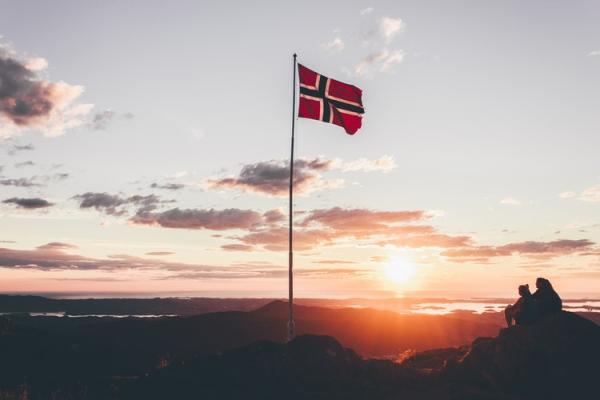Oslo, Norway, Enters 2019 as the Eco-Capital of Europe
- January 2 2019
- 3 min read
Oslo, Norway, Enters 2019 as the Eco-Capital of Europe

Oslo's waterfront used to be littered with shipping containers, and intersections were jammed with cars pumping out fumes. Today, this Norwegian city's traffic is diverted through an underground tunnel, and instead of greenhouse gasses, you'll find mostly hybrid and electric vehicles. Above ground, the city is dominated by a new museum dedicated to Edvard Munch, best known for painting The Scream, and a central library—both due to open in 2020.
The new developments have impressive environmental and cultural credentials. All new buildings meet energy efficiency standards for low energy use, explains Anita Lindahl Trosdahl, project manager for Oslo's Green Capital year.
Her office is just a stone's throw from another cultural mass—the new national museum. Elsewhere, new housing is shooting up all over the city. These buildings aren't just designed to function sustainably. The city is making sure construction has a limited environmental impact.
"We're using our market power to introduce fossil fuel-free construction. Not only will the build in its lifetime be as sustainable as possible but also during the construction period itself."
Oslo's Green Capital year Project Manager Anita Lindahl Trosdahl.
Further north, you'll find the Vulkan neighborhood. This is another hotspot for eco-conscious building. It housed much of Oslo's manufacturing industry all the way back in the 1800s. Today, you'll find beehives on the rooftop of the Scandic Vulkan hotel.
"This summer we had 500,000 bees which produced 271 kilos of honey." (about 597 lbs.)
General Manager Monica Egeberg
The hotel chain sees the bees as a wider approach to the environment.
"We are also nearly self-sufficient with energy."
General Manager Monica Egeberg
The hotel, built in 2011, popped up when the rest of the old industrial area was redeveloped into a trendy neighborhood. This included bars, restaurants, entertainment, offices, and housing. A power plant built into the basement of an old industrial hall, now Oslo's largest food court, provides more than 80 percent of the entire neighborhood's power supply. The plant uses a heat recovery system, geothermal wells, and thermal solar panels.
On your way to the Scandic Vulkan? Pack your things in an eco-friendly messenger bag and reduce the world's garbage one recycled item at a time.
On a global scale, Oslo is quite small. The population is less than 700,000. The efforts to cut emissions won't slow climate change much alone, but Trosdahl says the city is perfectly suited to pioneer ideas that could make a real international difference.
Trek the long country and stay hydrated on your hike with a reusable water bottle.
"We're big enough that we can test solutions that can also be transferred to larger cities. We're world-class when it comes to the introduction of electric vehicles for instance, and other cities can use our model."
Oslo's Green Capital year Project Manager Anita Lindahl Trosdahl.
The city aims to cut 1990 level year emissions by 36 percent by the end of next year, and 95 percent by 2030. To reach this goal, the city council has introduced a climate budget. This is possibly the first of its kind in the world! This gives the council an overview of measures taken across the capital. It always knows weather Oslo is on track to reach climate goals. So far, it is!
"We count carbon emissions in the same way as we count money. All parts of Oslo need to report back how much they can reduce their emissions, on very clear significant goals."
Oslo Mayor Raymond Johansen
Road traffic is Oslo's biggest source of emissions. Businesses have opposed making most of the center of the city car-free. This led to plans being scaled back. Cars will be banned on key streets; in other areas, more space will be given to pedestrians and cyclists. Tolls have also led to a considerable cut in traffic.
Take a walk without getting wet by using one of these recycled umbrellas.
"The main challenge for us going forward now, is to reduce the number of private cars."
Oslo Mayor Raymond Johansen
Unfortunately, most citizens do not support the city's emission goals. A recent survey found that only three-quarters agree it's important to do what is necessary to get to a 95 percent cut by 2030. Just over half support making the city's center car-free.
Sixty-three percent said the measures introduced to reach climate goals would make Oslo a better city to live in.
Gain access to Orders, Tracking, Custom Options and Much More!